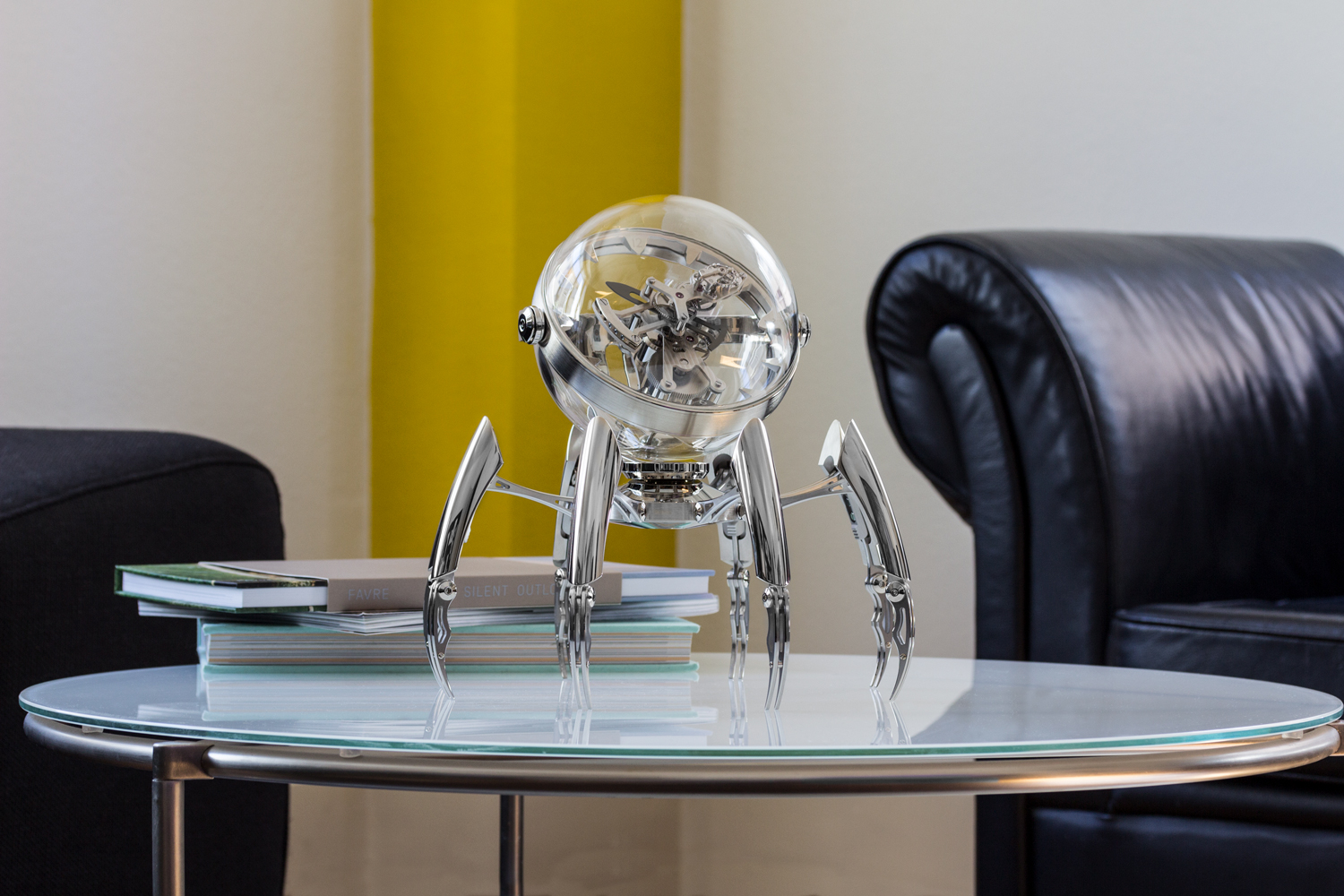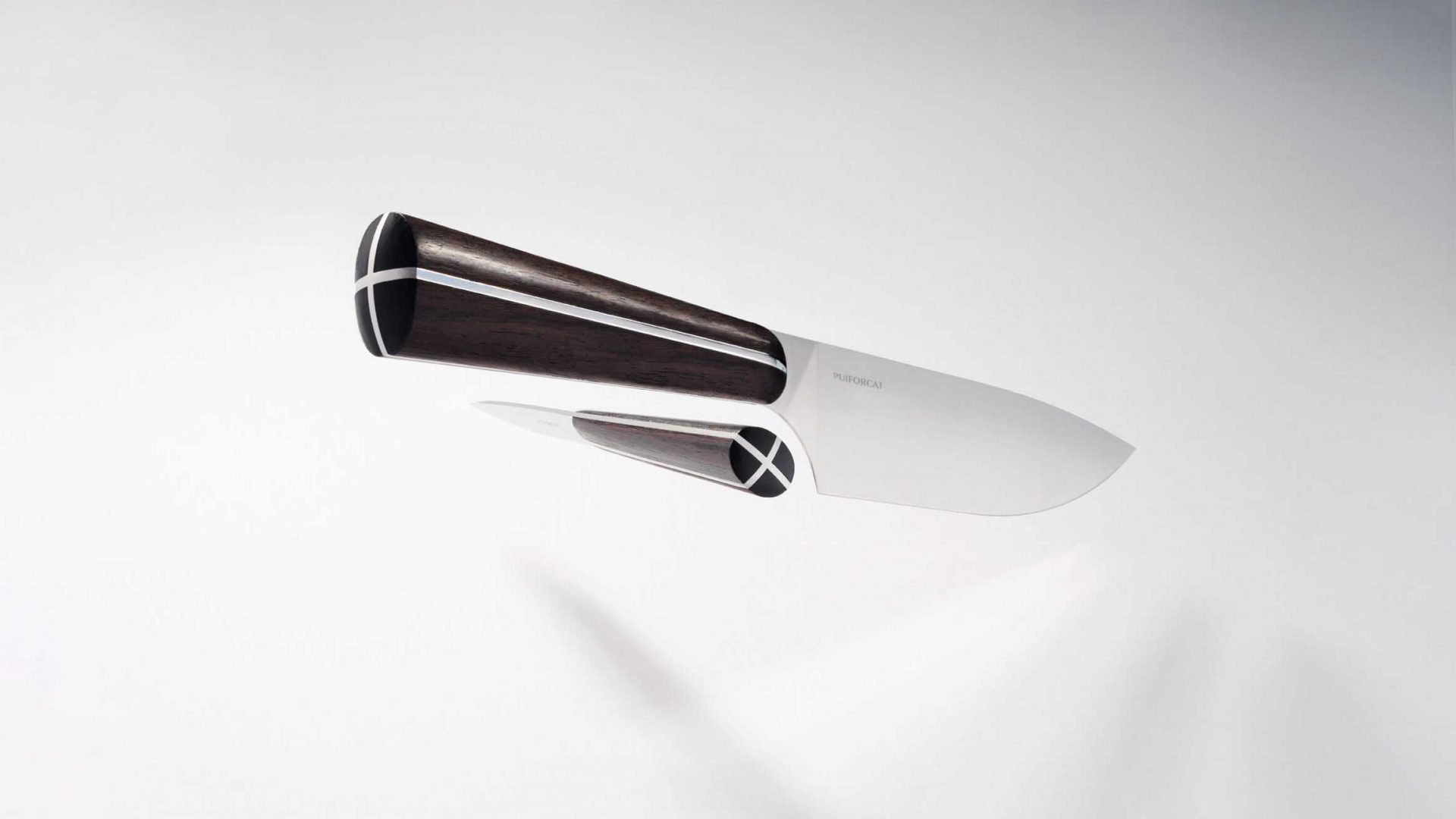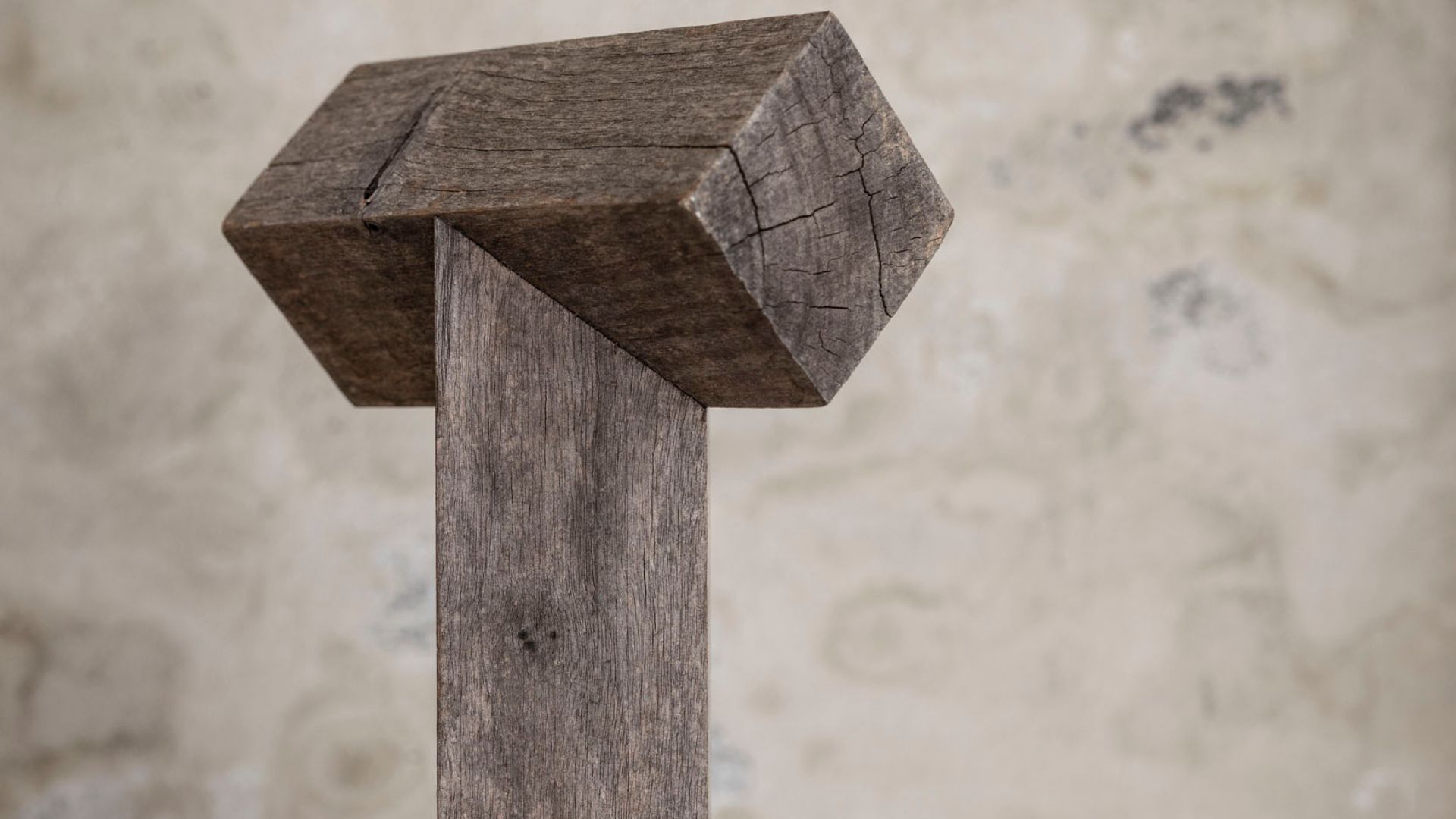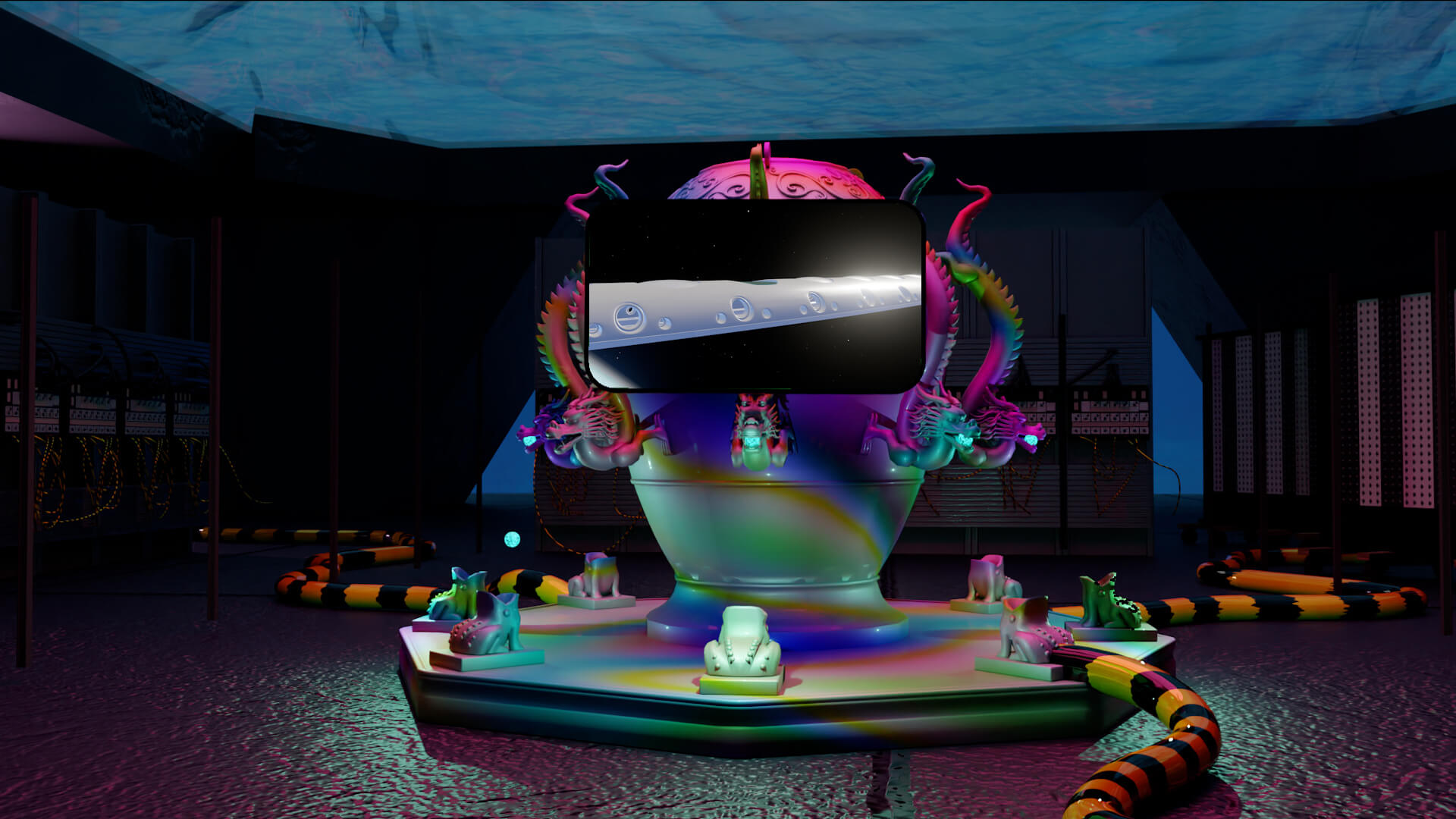Seoul, the heart of the evolving landscape of Korean design
To understand today’s Korean design scene, look no further than Seoul, the capital city that recognized the power of design early on and has strategically integrated design culture into urban planning and governance for over two decades.
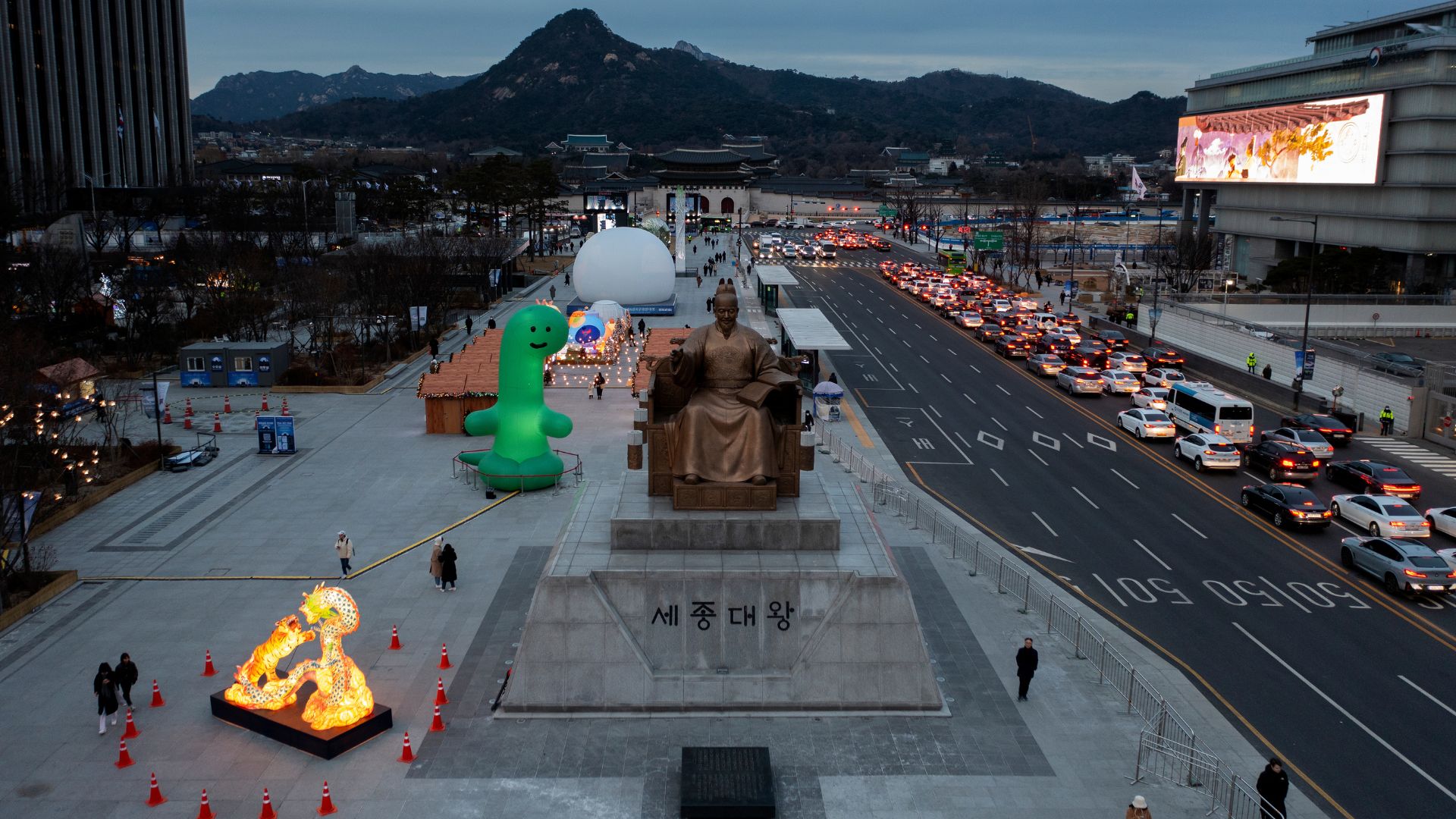
The K-design gets global attention alongside the thriving Korean cultural content, including K-pop. In fact, many may be surprised to know that Seoul, the capital of South Korea, held the prestigious title of World Design Capital as the first city ever to do so, and was also designated a UNESCO City of Design in 2010. Following rapid growth in the 1980s in various fields, Seoul’s leadership recognized the power of design.
In 2007, the Seoul Metropolitan Government (SMG) established the Design Seoul Headquarters (DSHs), integrating design principles into urban governance, and now, how has Seoul’s design scene, a microcosm of Korea’s design landscape, evolved since then? To explore this, I met Kyung-don Rhee, CEO of the Seoul Design Foundation, at the vibrant Dongdaemun Design Plaza (DDP), a multifaceted cultural complex situated at the heart of the city. The foundation, a public institution under the SMG, plays a key role in fostering the growth of various design industries. Mr. Rhee, a design visionary who has spearheaded design-driven changes in Seoul since the 2000s, offered valuable insights.
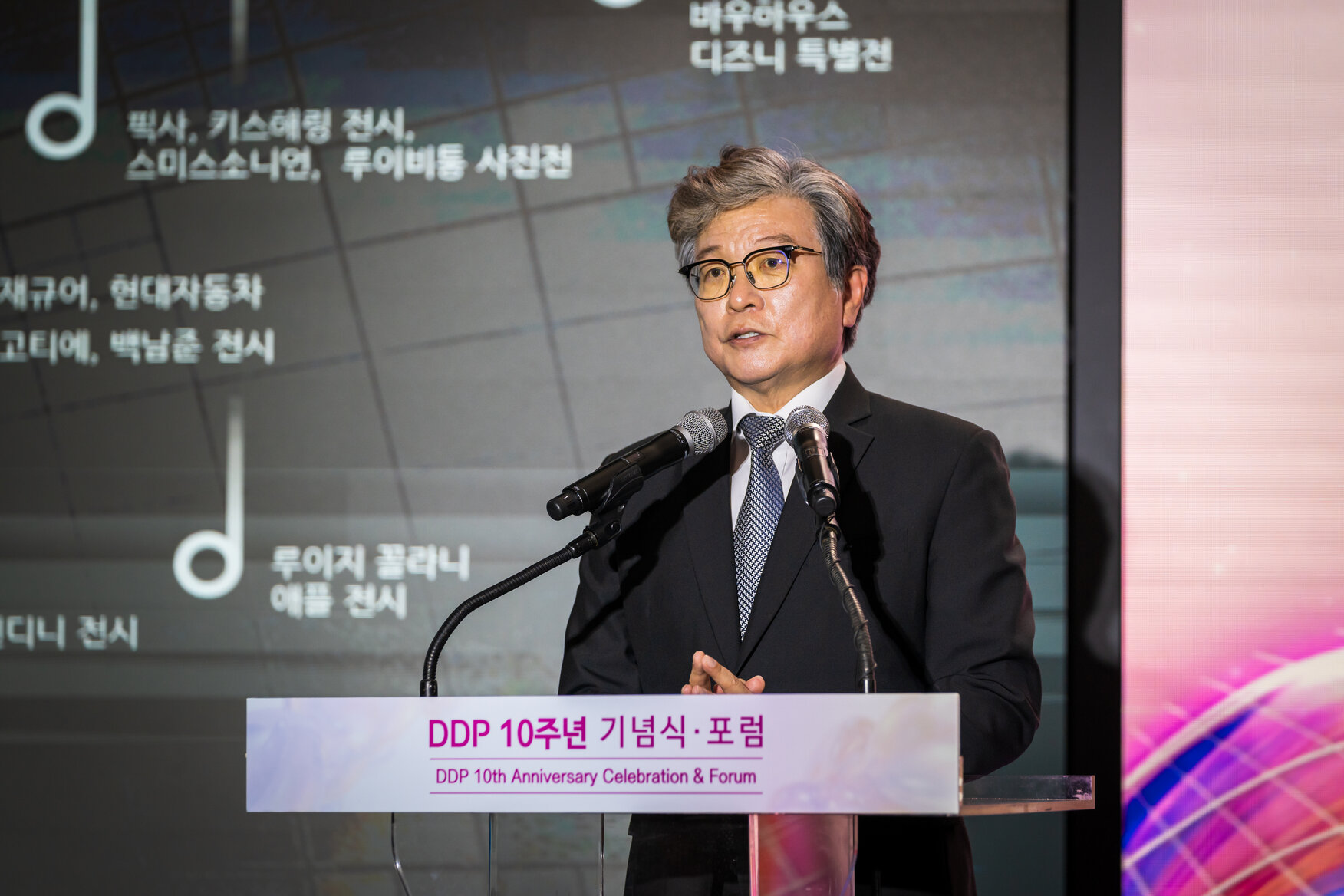
Mr. Rhee, you served as the design planning officer at the DSHs in 2010. What factors do you believe contributed to Seoul’s selection as World Design Capital and UNESCO City of Design?
Kyung-don Rhee:
“The World Design Capital program, initiated by the World Design Organization, formerly known as the International Council of Societies of Industrial Design. Before selecting a capital city, a pilot program was launched in Turin, Italy, in 2008. Seoul stood out as the only city globally with a government-led DSHs at the time, and the Seoul Pavilion, organized by the DSHs, was received particular acclaim at the event. Additionally, Seoul actively implemented various design-centric projects aligned with its citywide design guidelines. The Seoul Design Olympiad, launched in 2008, exemplifies this commitment. Seoul’s swift yet systematic planning and implementation under government leadership, demonstrably improving citizens’ lives through design, ultimately led to its well-deserved recognition.”
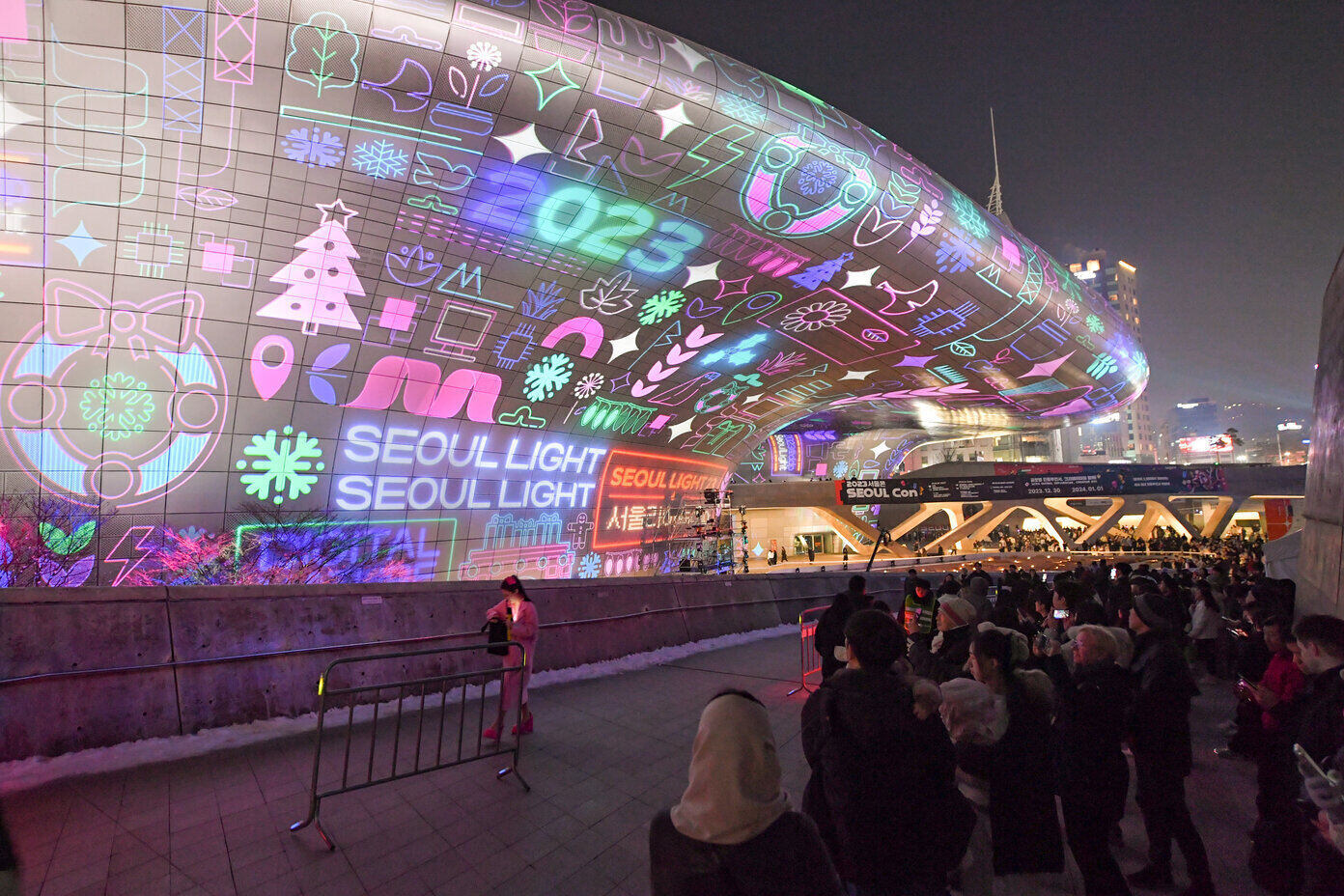
It has been 14 years since Seoul was recognized as a leading city in design. What changes has Seoul experienced?
Kyung-don Rhee:
“Seoul has actively fostered its design industry and spread design values and culture throughout the city to improve its urban competitiveness. The Seoul Design Foundation, established in 2009 by the SMG, has been a driving force in promoting the city’s design industry and culture. The DDP opened in 2014, a closer connection venue with the public by offering a wide range of design experiences. Celebrating its 10th anniversary this year, the DDP has become a major cultural attraction, drawing in 13.5 million visitors in 2023 – both locals and international guests.
Further demonstrating its dedication to design innovation, the foundation established the Seoul Upcycling Plaza, the world’s largest dedicated centre in 2017, and created the Universal Design Team and Digital Design Team in 2022 to promote a more inclusive and balanced design landscape. These initiatives highlight the growing integration of design within the broader sphere of Korean culture, the so-called “K-culture.”
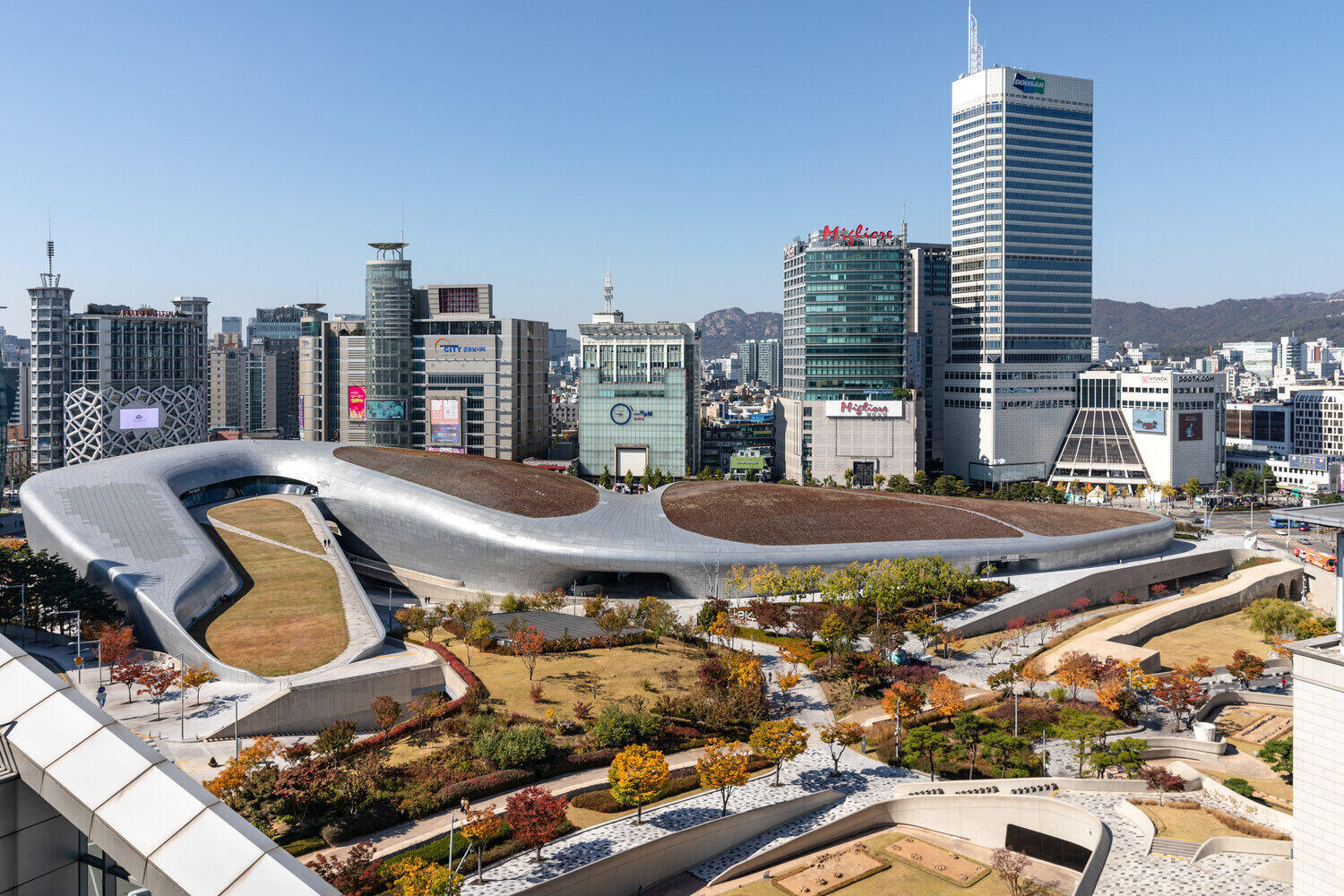
Please introduce the evolution of DDP as it’s transitioned from a striking landmark to a full-fledged brand.
Kyung-don Rhee:
“DDP has been designed by Zaha Hadid, selected through a rigorous competition among major architects, and features its iconic form with a flowing cantilever structure clad in 45,133 aluminum exterior panels. This architectural marvel transforms into the world’s largest canvas for the “Seoul Light,” an immersive digital art show. Beyond its captivating facade, it offers a varied experience. The DDP Design Store caters to design enthusiasts with a curated selection of lifestyle products by talented Korean designers. The store champions rising talents through exclusive collaborations, while also promoting and selling unique products by local small and medium-sized enterprises (SMEs).
Popular items include plates co-designed with the late Alessandro Mendini and Hankook Chinaware, alongside daily objects reflecting Seoul’s new branding, “Seoul, My Soul.” DDP Design Museum, featuring exhibitions by world-famed figures like Alessandro Mendini, Tim Burton, and Stefan Sagmeister. Major global brands like Ferrari, Chanel, and Cartier have also chosen DDP as a venue for their events. This versatility positions the DDP as a main MICE (Meetings, Incentives, Conventions, and Exhibitions) centre in Asia, offering a year-round calendar of diverse and engaging content.”
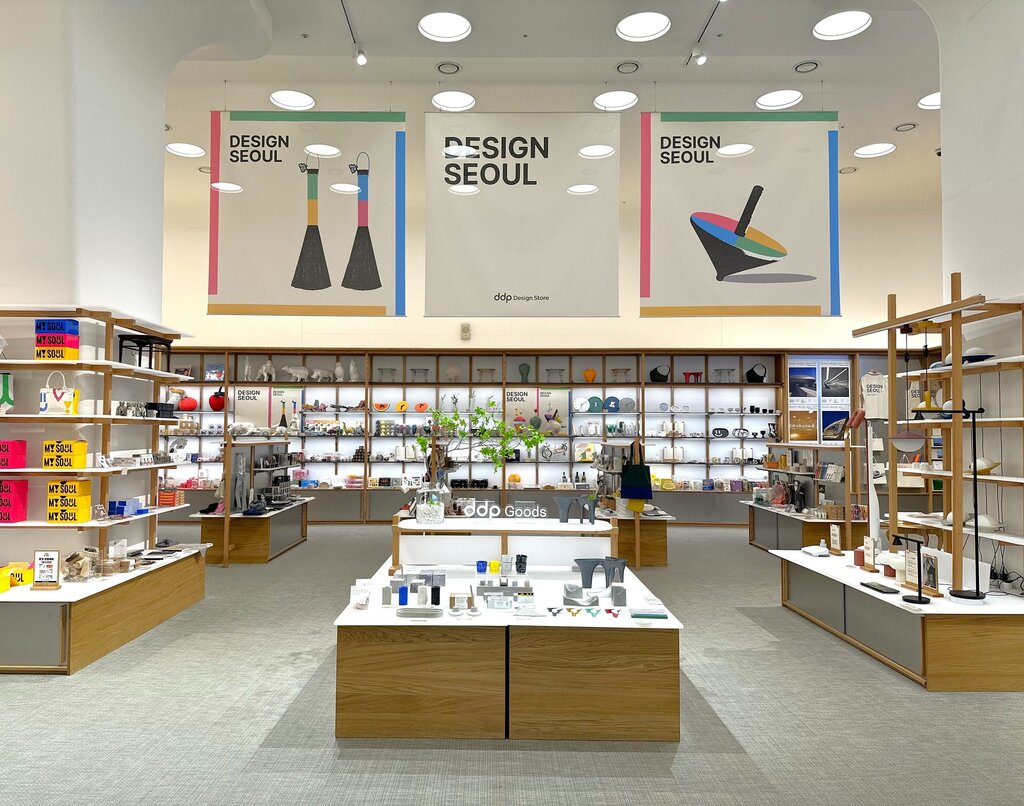
What do you think is the competitiveness of Seoul as a ‘city of design’?
Kyung-don Rhee:
“Seoul’s rich history, spanning over 600 years, combined with its rapid transformation since the 1980s, creates a dynamic and diverse environment. This is evident within families, where parents and children may have vastly different experiences due to the city’s speedy evolution. This very diversity is Seoul’s strength – the ability to seamlessly blend the old and the new, honoring traditions while embracing cutting-edge trends. In terms of design, an extensive range of products are produced, from transmission crafts to high-tech products. As a result, the city boasts a vibrant cultural scene recognized globally, further solidifying its position as a design powerhouse.”
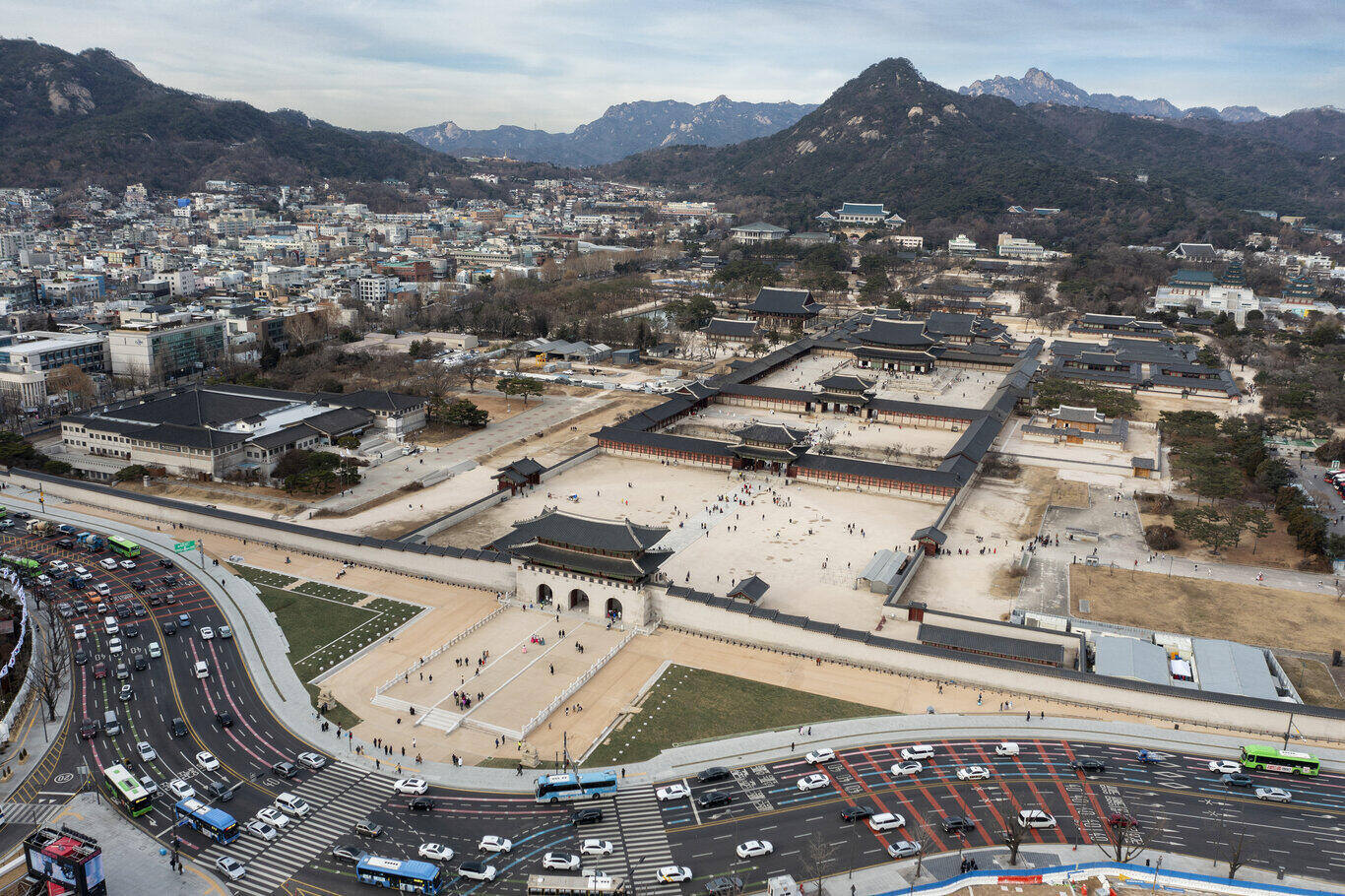
SMG launched a new visual identity, including the slogan “Seoul, My Soul” and mascot “Haechi.” How does this branding strategy aim to position Seoul on the global stage?
Kyung-don Rhee:
“Haechi, a mythical creature traditionally seen as a guardian against misfortune, has been reimagined as a friendly mascot gracing the streets of Seoul. In addition, the city unveiled a new slogan, “Seoul, My Soul,” reflecting its identity through a year-long public campaign including the contest garnered participation from around 850,000 domestic and international participants. This award-winning brand identity, created by the Seoul-based creative group Brenden, incorporates pictograms that symbolize core values: love, inspiration, and fun. More than just a character and logo, this visual identity emphasizes Seoul’s unique definition and differentiation in city branding with a long-term vision, and it’s expected to create synergy effects with various industries both at home and abroad.”
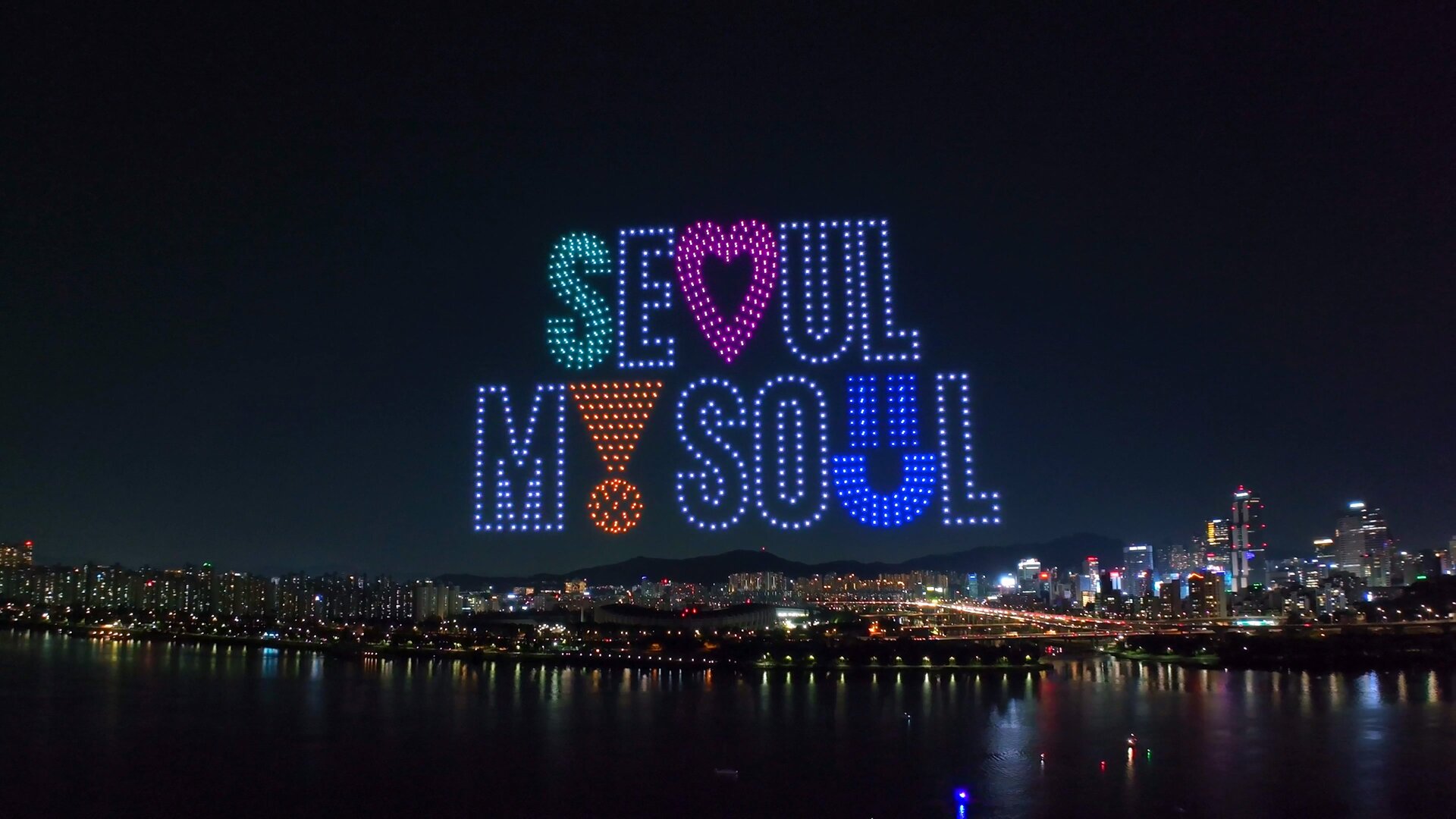
This fall promises a concentrated season of design and art festivals. Please tell us more about this strategic scheduling.
Kyung-don Rhee:
“This year, related organizations strategically collaborated to create festival months. The calendar kicks off with Frieze Seoul in September, followed by the 11th Seoul Design in mid-October. November brings the 23rd Seoul Design Festival in partnership with Design Korea, showcases the best in Korean design. The season culminates with the 19th Craft Trend Fair in December. This schedule will make Seoul, particularly, a prime destination for design lovers. Seoul Design 2024, a city-wide design event, attracted over 1 million visitors last year through omnichannel. It offers a fantastic opportunity to immerse yourself in the local design scene and experience Seoul’s vibrant design culture firsthand. (Seoul, for your reference, boasts a sprawling urban area of 605 km², making it larger than Milan – 181km² but smaller than Rome – 1,285 km².)”
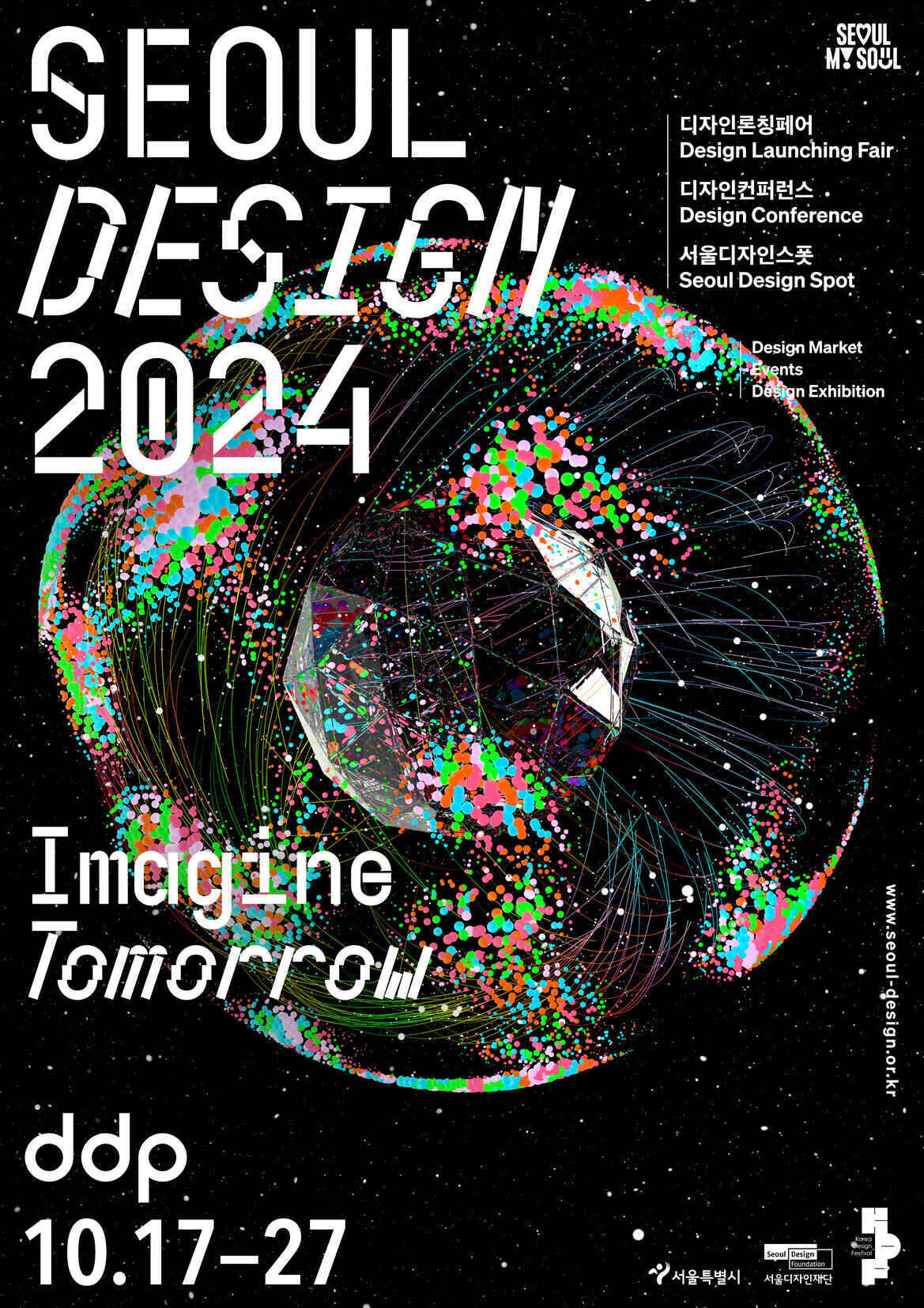
Seoul has established itself as a host of a global award. Can you provide details about the Seoul Design Award’s mission and impact on the worldwide design scene?
Kyung-don Rhee:
“The Seoul Design Award, celebrating its fifth anniversary in 2024, prioritizes social impact based on sustainability over commercial gain. It recognizes designs that create positive change across various sectors, including public spaces, safety, accessibility for handicaps, and universal design, with a specific focus on solutions for everyday problems. Last year, the award saw a remarkable 3.5-fold increase in entries compared to the previous year, with participation from a staggering 42 countries, representing roughly 32% of the world’s nations. By showcasing these best practices, the Seoul Design Award aims to leverage design thinking and creative ideas to make a tangible difference in people’s lives worldwide. The application deadline of June 28, 2024, at 3:00 PM Korean Standard Time.”
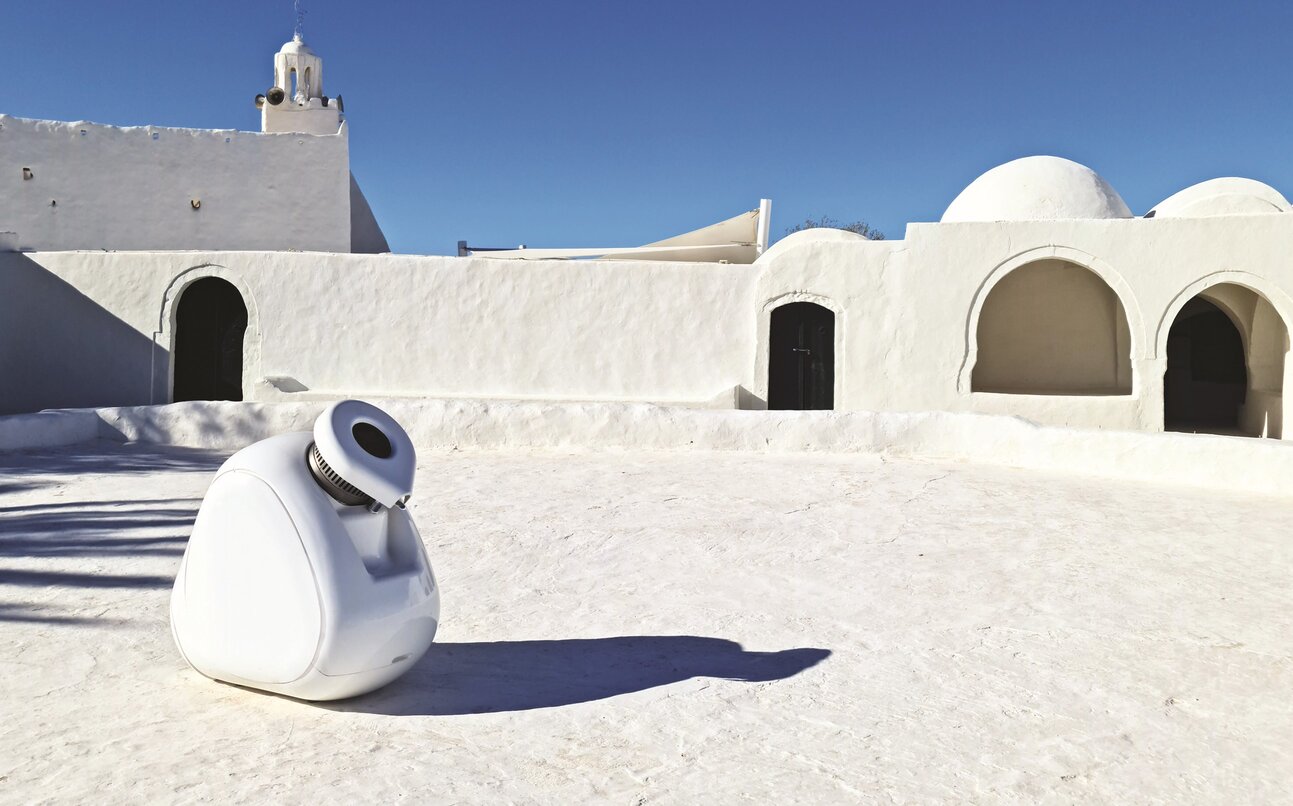
The Korean government and design organizations offer substantial support for up-and-coming designers.
Kyung-don Rhee:
“The foundation provides tailored assistance to designers and SMEs each year. This includes facilitating connections between manufacturers and design studios (or designers) to promote and sell launched products through exhibitions, fairs, and the DDP Design Store. For instance, during Milan Design Week last year, the DDP brand pavilion made a splash in Tortona. A core objective of Seoul Design 2024 is to spotlight Seoul’s unique design identity by fostering connections between Seoul-based corporations, manufacturers, and talented young designers. Furthermore, there are currently 30 startup incubation centres across Korea including a place specialising in design.”

©Cover image: A vibrant city where tradition and modernity coexist side-by-side. ©KOGL (Korea Open Government License)



